From scan 'on site' over 3D design, to on-site execution in the piping industry
In the world of piping, or pipework, it is very important that all components fit together perfectly and work together seamlessly. After all, a small mistake here can have major consequences. It is therefore essential that the entire process is carried out accurately from beginning to end.
A new and innovative method widely used in the piping industry today is the use of scan on site technology combined with 3D design software. Using these advanced tools, designers can get a detailed picture of the current situation on the site through 3D scans. These scans can then be used to create an accurate and detailed 3D model of the project.
By using 3D design software, designers and engineers can plan and visualize all components of the piping system in minute detail. This allows any errors or bottlenecks to be identified and resolved at an early stage before construction work actually starts.
Once the 3D model is fully optimized and checked, it can be used as a blueprint for the actual execution on site. The accurate design allows all parties involved, from project managers to site workers, to see exactly how the piping is to be installed and what their specific tasks and responsibilities are.
The result of using scan on site and 3D design in the piping industry is a more efficient and streamlined process. By identifying and correcting potential errors at an early stage, costs are saved and delays are minimized. In addition, the quality of the final product is significantly improved, ensuring the longevity and reliability of the piping system.
In short, the combination of scan on site technology and 3D design software is a valuable addition to the piping industry that can contribute to a more efficient, accurate and reliable process from design to execution on site. It provides an innovative solution for complex piping projects and enables companies to strengthen their competitive position and provide their customers with high-quality and sustainable piping systems.
How can we help your business?
+32 498 15 69 38
Social media





